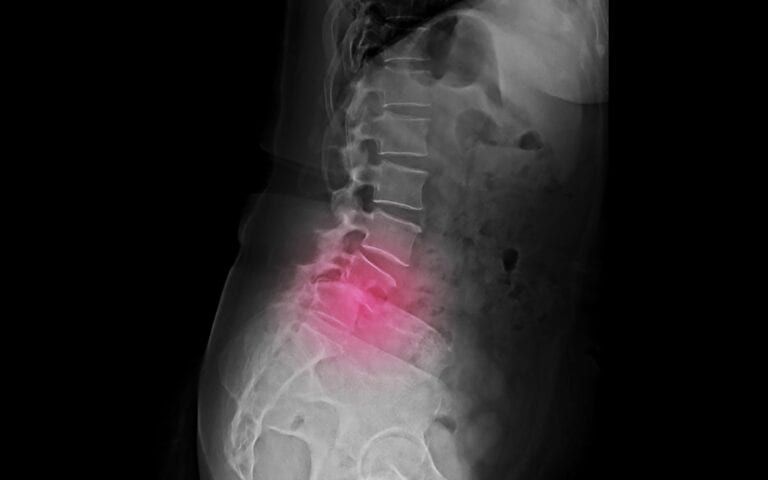Discovering Lumbar Discectomies and How They Can Help You

When problems occur in the vertebral discs of the lower back, a lumbar discectomy may be able to help. A discectomy is performed to address the pressure applied to the nerve root by a failing disc. This surgical procedure involves the removal of a portion of the problem disc. It has proven to be an effective way of addressing ruptured and herniated discs.
Understanding Lumbar Discectomy And How It Can Help
The term lumbar refers to the vertebrae located in the lower back. When surgery in this area is needed, small incisions will be made. These incisions are made in the posterior or rear portion of the back. This incision allows the surgeon to reach the affected disc easily. Four structures in the spine are involved in this treatment.
- Vertebral Disc – The two parts of the disc are the nucleus and annulus. The first is the gel-like interior of the disc. The second is the tough, flexible layer that covers it.
- Lamina Bone – The rear portion of the spinal cord is protected by this layer of bone. The section near the target disc is removed as part of the surgery.
- Spinal Nerves – These are the nerves that carry vital information to the brain and the rest of the body. They travel through the neural foramina.
- Neural Foramina – Two small openings are found on either side of the vertebra. The spinal nerves pass through these out of the spine.
The goal of the lumbar discectomy is the relief of pressure-related symptoms. This goal is accomplished by removing the portion of the disc responsible. This removal helps to ensure that the disc will become herniated again. Three methods are used to accomplish this goal.
- Laminotomy – This surgery aims to relieve pressure in the back by removing the responsible disc entirely.
- Discectomy – This procedure removes material from the disc that’s become herniated to address symptoms.
- Microdiscectomy – A minimally invasive procedure, microdiscectomies use laparoscopic methods to correct concerns. This procedure is beginning to overtake the others in terms of surgeon preference. This preference is due to its ease of use and shorter recovery times.
Your practitioner will discuss the options with you, including their pros and cons. Together you’ll decide on the most appropriate way of addressing your symptoms. Before your surgery, you’ll be given a guide that explains how to prepare. Following it closely will increase the chances of successful treatment.
What To Expect During The Procedure
All of the above procedures will begin with general anesthesia. This form of anesthesia is necessary to ensure that the patient doesn’t move during the procedure. Before this being administered, you’ll be placed on your stomach and fitted with a mask. The specifics of the procedure will depend on which route your surgeon chooses to take. You’ll have an opportunity to consult with your team before the procedure. Make sure to have your questions ready so you can set your mind at ease before they begin. Successful treatment can mean the elimination of symptoms and improved quality of life.


Recent Comments